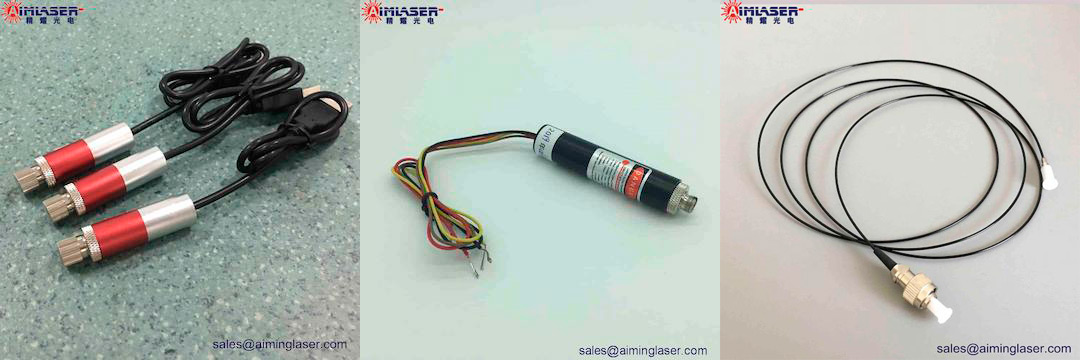Laser welding was used in early industrial laser material processing. The welding seam produced by a laser is of higher quality and greatly improves productivity. Laser welding has unique advantages, including low heat input, narrow fusion zone, and heat-affected zone performance so that the weld formed by laser welding is stronger and more attractive, laser welding time is greatly shortened; Laser tracking sensor, can realize automation, reduce product cost. These new technologies have further expanded the application range of laser welding.
The increasing use of lithium batteries in electric vehicles and many electronic devices is the use of fiber laser welding in product design. The current bearing component produced by copper or aluminum alloy is connected to the terminal by fiber laser welding to connect a series of cells in the battery, forming electrical contact with the positive and negative terminals of the battery. All of the materials and combinations of materials used in the cells are candidates for a new fiber laser welding process.

Seals used in ships and chemical refineries and pharmaceuticals were originally TIG welded. Because they are mostly precision machined and ground from high-temperature and chemically resistant nickel-based alloy materials, they are usually made in small batches and set in large numbers. At present, the assembly of these components has used fiber laser welding instead of the earlier arc welding process. The reason is: the quality of laser welding is consistent; Easy conversion from one component configuration to another reduces setup time and increases productivity; It also automates the laser welding process by assembling laser tracking sensors to reduce costs.
Airtight and sealed electronics in medical equipment have made fiber laser welding the preferred process. Previous laser welding techniques produced a dent at the end when the laser beam was turned off, even when the laser power was reduced. Today's airtight welding processes have solved problems related to laser welding and weld endpoints, and advanced laser beam control eliminates dents in thin and deep welds. Weld quality results are consistent, with no pores at the end and improved appearance, and more reliable sealing.
It is necessary to control weld geometry and weld microstructure for fiber laser welding of nickel and titanium-based aviation alloys. Fatigue performance of welds is a key design criterion in many aerospace applications. The designer almost specified the welding surface to be convex to enhance the welding strength. For this purpose, a 1.2 mm diameter filling line is used to automate the process. Adding filler wires to the butt joint will result in identical crowns on the top and bottom passes. The choice of wire alloy also contributes to the mechanical properties of the weld by ensuring a good microstructure of the weld.
The ability to manufacture products using different metals and alloys greatly improves design and production flexibility. Optimizing the performance of the finished product, such as corrosion, wear, and heat resistance, while controlling cost, is a common motivation for dissimilar metal welding. Such as zinc coating widely used, facing serious weld porosity problems. In some cases, zinc vapors can escape as the metal solidifies, forming pores or roughness on the welded surface. However, by proper joint design and selection of laser process parameters, finishing, and mechanical welding can be carried out easily.